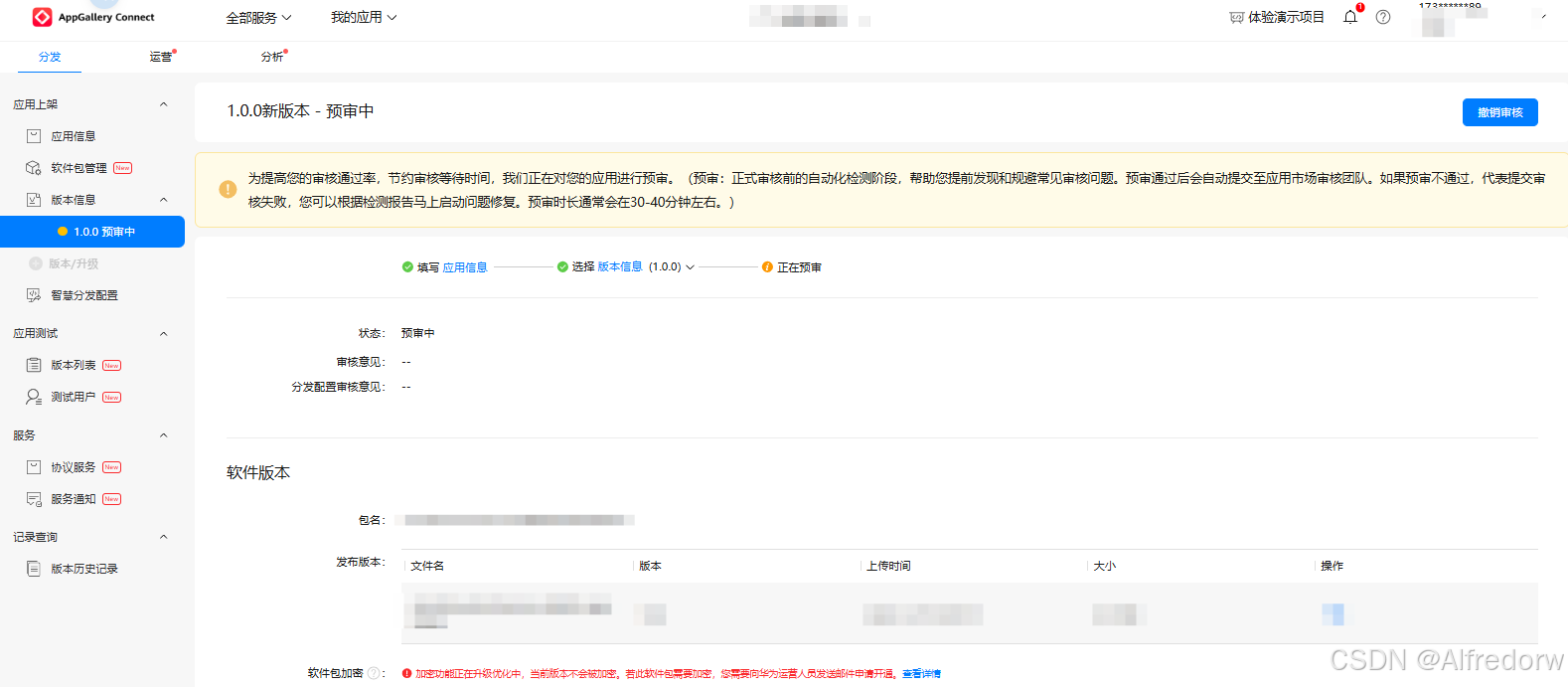uni-app搭建小程序时候Vue3语法接收路由参数,去官方文档查看,是onLoad的option接收参数,我试过,接收不到,上网查各种方法也是不太行,最后自己琢磨出来了,这参数藏得还挺深!!
目录
一、路由携带参数
二、另一个页面接收传递的参数
1、引入getCurrentInstance
2、打印getCurrentInstance().proxy.$scope
3、传过来的参数id就在getCurrentInstance().proxy.$scope.options.id
一、路由携带参数
这个比较简单,官方文档也有写。
官方路由传参文档:
uni.navigateTo(OBJECT) | uni-app官网
const clickItem = (id) => {console.log("当前点击的商品下标是" + id);// UniApp页面跳转,携带参数uni.redirectTo({url: `/pages/shopdetail/shopdetail?id=${id}`});
};二、另一个页面接收传递的参数
1、引入getCurrentInstance
getCurrentInstance() 返回的是当前组件的实例,它包含了很多关于组件的内部信息。你可以通过 instance.proxy 访问组件的公共属性。
import { ref, onMounted,getCurrentInstance } from 'vue'; // 引入 Vue 的钩子
onMounted(async() => {const instance= getCurrentInstance()console.log('getCurrentInstance()',instance);
})打印出来如下:

2、打印getCurrentInstance().proxy.$scope
const instance= getCurrentInstance().proxy.$scopeconsole.log('getCurrentInstance()',instance);proxy 是 getCurrentInstance() 返回对象中的一个属性,允许你访问组件的公开属性和方法,例如访问 this.$route、this.$emit 等。proxy 是访问这些实例属性的推荐方式。
uniapp和Vue3的区别:
在 Vue 3 中,$route 是由 Vue Router 提供的,用于访问当前路由的对象。在 UniApp 中,$scope 是每个页面实例的上下文对象。这个对象包含了页面的各种信息,比如页面的路由参数、页面的状态、以及一些页面生命周期的钩子函数。
$route:是 Vue Router 提供的,用于访问路由对象,通常在 Vue 3 中使用。$scope:是 UniApp 提供的,代表页面实例的上下文。你可以通过proxy.$scope.options来访问路由参数。
getCurrentInstance().proxy.$scope打印出来如下:
3、传过来的参数id就在getCurrentInstance().proxy.$scope.options.id
const instance= getCurrentInstance().proxy.$scope.options.id
console.log('getCurrentInstance()',instance);getCurrentInstance().proxy.$scope.options打印出来如下:
![]()
getCurrentInstance().proxy.$scope.options.id打印出来如下:
![]()
这小参数还挺能藏!!!!!试试携带多个参数:

也能获取到:
![]()



















